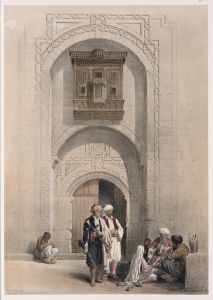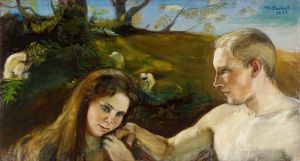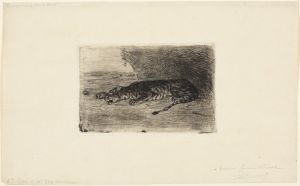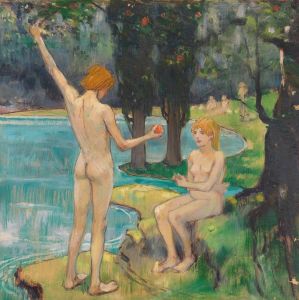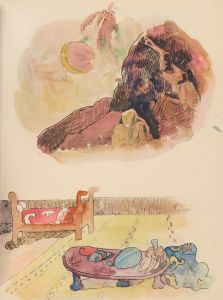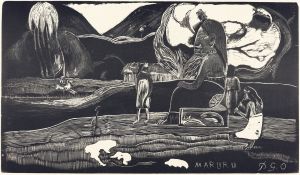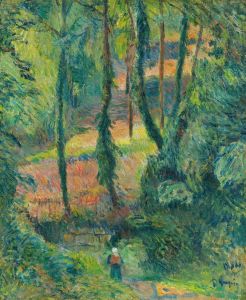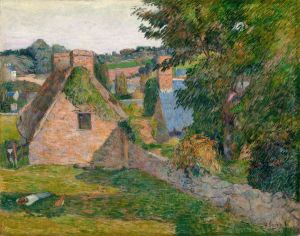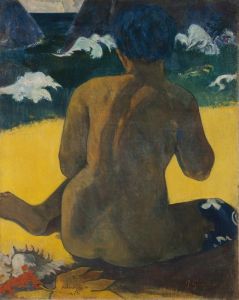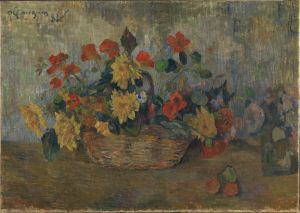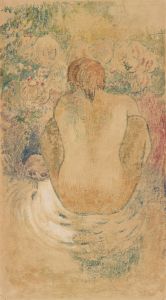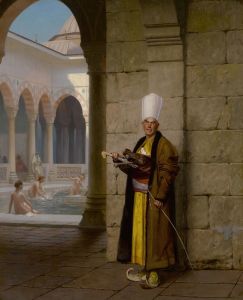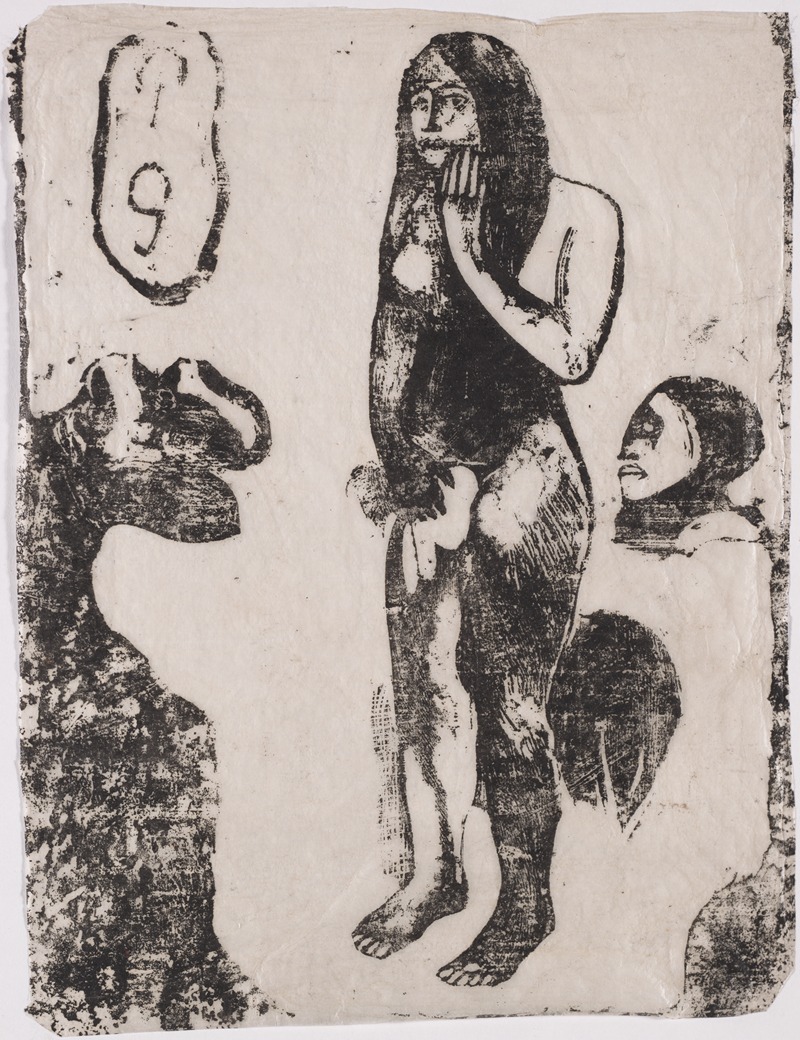
Eve
A hand-painted replica of Paul Gauguin’s masterpiece Eve, meticulously crafted by professional artists to capture the true essence of the original. Each piece is created with museum-quality canvas and rare mineral pigments, carefully painted by experienced artists with delicate brushstrokes and rich, layered colors to perfectly recreate the texture of the original artwork. Unlike machine-printed reproductions, this hand-painted version brings the painting to life, infused with the artist’s emotions and skill in every stroke. Whether for personal collection or home decoration, it instantly elevates the artistic atmosphere of any space.
"Eve" is a painting created by the French Post-Impressionist artist Paul Gauguin. Gauguin, born on June 7, 1848, in Paris, is renowned for his experimental use of color and synthetist style that were distinctly different from Impressionism. He is also known for his works inspired by the cultures of Tahiti and the Marquesas Islands, where he spent a significant part of his later life.
The painting "Eve" was completed in 1889, during a period when Gauguin was deeply influenced by his experiences in Brittany, France. This period is often referred to as his "Pont-Aven" period, named after the small village in Brittany where he and other artists formed an informal group known as the Pont-Aven School. The group was characterized by their departure from naturalism and their embrace of bold colors and simplified forms.
In "Eve," Gauguin depicts the biblical figure of Eve, the first woman according to the Judeo-Christian tradition. The painting portrays Eve in a lush, tropical setting, which is indicative of Gauguin's fascination with exotic and primitive themes. This fascination was partly fueled by his travels and his desire to escape the industrialized world of Europe.
Gauguin's "Eve" is notable for its vibrant use of color and its departure from traditional Western representations of biblical scenes. Instead of depicting Eve in the Garden of Eden with a European aesthetic, Gauguin places her in a more exotic and natural environment. This setting reflects his interest in the "primitive" and his belief that such cultures were closer to the natural human condition.
The painting also reflects Gauguin's interest in symbolism. The figure of Eve is often interpreted as a symbol of temptation and the fall of man, themes that Gauguin explored in various works. In "Eve," the lush surroundings and the presence of fruit can be seen as references to the biblical story of the Fall. However, Gauguin's interpretation is unique in its incorporation of non-Western elements and its focus on the natural world.
Gauguin's technique in "Eve" is characterized by his use of flat, unmodulated areas of color and bold outlines, a style that he developed during his time in Brittany and later refined in Tahiti. This approach was influenced by his interest in Japanese prints and the work of other Post-Impressionist artists such as Vincent van Gogh and Émile Bernard.
"Eve" is part of Gauguin's broader body of work that explores themes of spirituality, human nature, and the clash between civilization and the natural world. His paintings from this period often feature a blend of Christian iconography and elements from the cultures he encountered during his travels.
Today, Paul Gauguin is regarded as a pioneering figure in modern art, and his works, including "Eve," are celebrated for their innovative use of color and form. His influence can be seen in the work of later artists such as Pablo Picasso and Henri Matisse, who were inspired by his bold approach to color and his exploration of non-Western themes.
"Eve" remains an important example of Gauguin's artistic vision and his quest to capture the essence of human experience through a synthesis of different cultural influences. The painting is held in high regard by art historians and continues to be studied for its unique contribution to the development of modern art.





